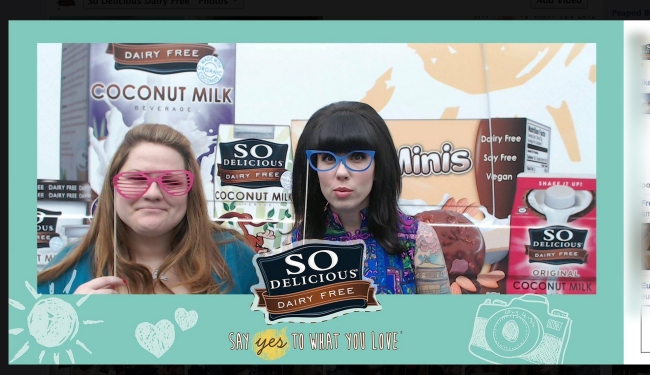Brands are rightly worried about the fast forward button on TiVo and the demise of print ads as attention gets tougher to capture. What’s the anecdote to the short attention span virus?
Experiential marketing and block buster events are the two most powerful cures.
McKinsey says “Experiential word of mouth is the most common and powerful form, typically accounting for 50 to 80 percent of word-of-mouth activity in any given product category.”
Since not everyone can plan a SkyDive from outer space – let’s look at experiential marketing for every day events; which is what major brands are focused on optimizing and measuring. Budgets for experiential marketing and events are up more than 15% in 2013.
Experiential marketing isn’t new, but proper measurement tools are.
Brands have hosted events and given guests tours and tricks for years. The goal used to be to get PR coverage. The experiential success was measured on traditional PR impressions. That’s the old way of measuring experiential the new way is Facebook engagement and creating native advertising for your brand.
Native advertising simply means that your guests create an informal loyalty loop that identifies your brand in their experience. Look at the recent event we did for So Delicious. Every photo that made it to the News Feed was a native ad:
Each guest was able to not just interact but to share with their social graph, where they have real buying influence. PR in print can’t match the word-of-mouth influence of social.
In a world where Facebook is making sure corporate posts don’t appear at all on News Feeds the only value outside of buying ads is creating native ads on social media, or a subtle form ofsocial media product placement. The trick is make it easy enough so your guests at experiential can do it frictionlessly. That’s where dwinQ can help, call or email us today (sales@dwinq.com) to find out more.
